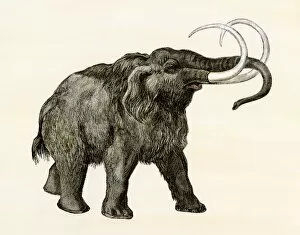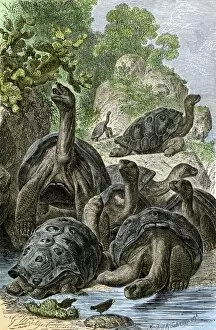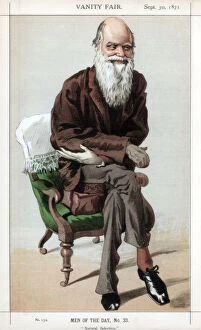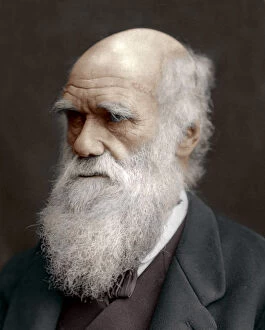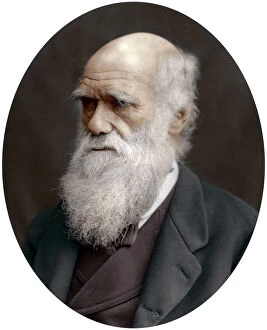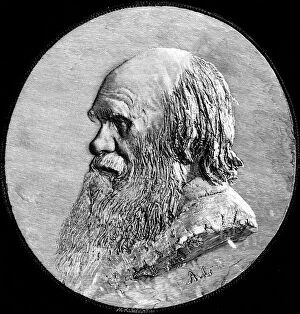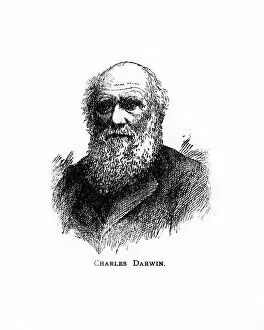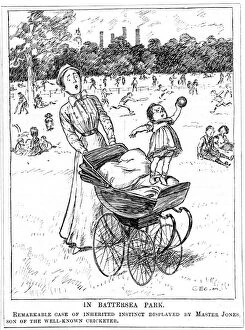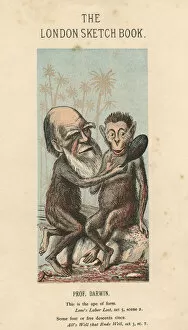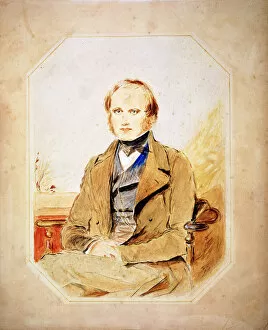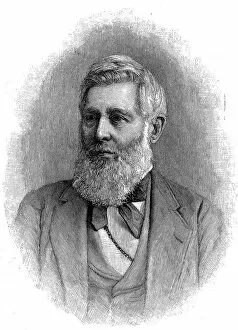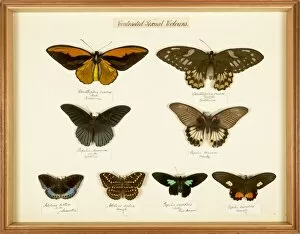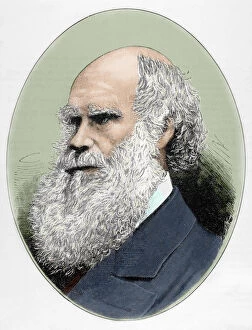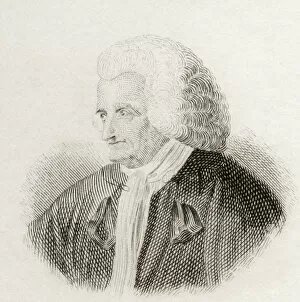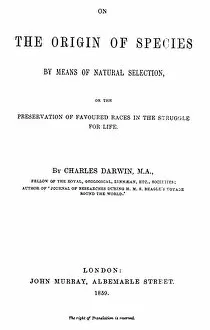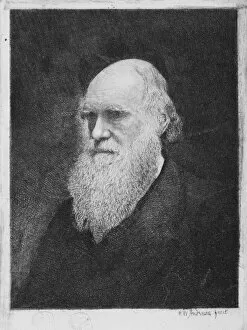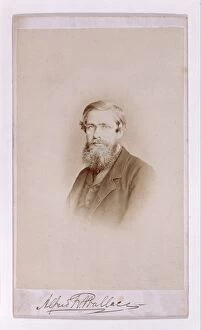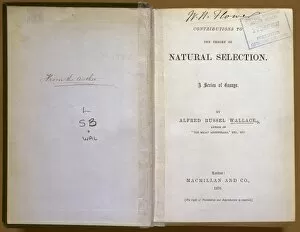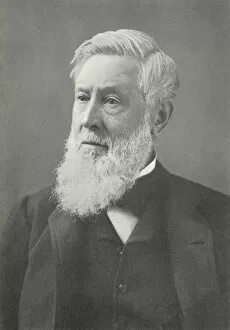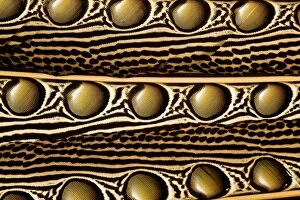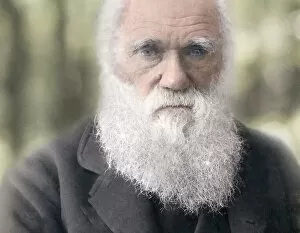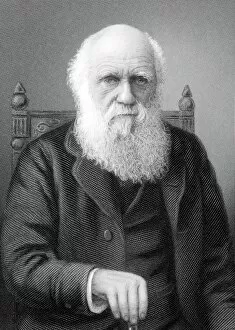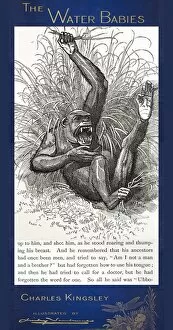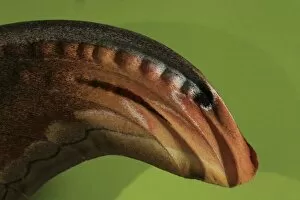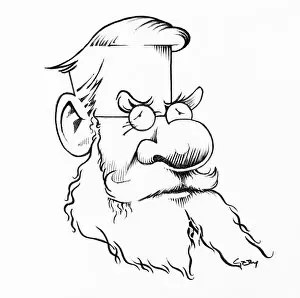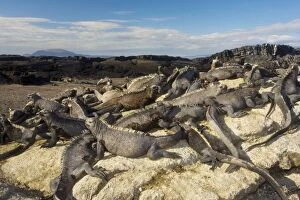Natural Selection Collection (#2)
"Unveiling the Secrets of Nature: Charles Darwin and the Phenomenon of Natural Selection" In 1859
For sale as Licensed Images
Choose your image, Select your licence and Download the media
"Unveiling the Secrets of Nature: Charles Darwin and the Phenomenon of Natural Selection" In 1859, Charles Darwin revolutionized our understanding of life on Earth with his groundbreaking book, "Origin of Species. " This first edition masterpiece laid the foundation for modern biology and introduced us to the concept of natural selection. Charles Darwin, a British naturalist, meticulously crafted an evolutionary tree that depicted the intricate relationships between species. His visionary work highlighted how organisms evolve over time through a process driven by adaptation and survival. A portrait from 1881 captures his profound intellect and unwavering dedication to unraveling nature's mysteries. Fossil discoveries such as dinosaur bones and the Uintathere - an extinct rhinoceros native to North America - provided tangible evidence supporting Darwin's theories. These remnants from ancient times offered glimpses into past ecosystems, showcasing how certain species thrived while others faced extinction due to their ability or inability to adapt. Even today, renowned Canadian psychologist Steven Pinker acknowledges the significance in shaping human behavior and cognition, and is a testament to Darwin's enduring legacy that his ideas continue to inspire scientific inquiry across disciplines. An Allosaurus model serves as a reminder that evolution is not confined solely to distant eras but also encompasses prehistoric creatures who roamed our planet millions of years ago. Through meticulous observation and analysis, scientists like Charles Darwin unraveled nature's secrets one discovery at a time. As we delve deeper into understanding life's complexities, we find ourselves retracing Darwin's footsteps along his evolutionary tree. From English naturalist Charles Darwin himself in 1871 to countless researchers inspired by him today – including those captured in portraits throughout history – this journey continues unabated. Natural selection remains an ever-present force driving biodiversity on Earth. Let us celebrate Charles Robert Darwin’s remarkable contributions as we navigate this awe-inspiring tapestry woven by nature itself.

